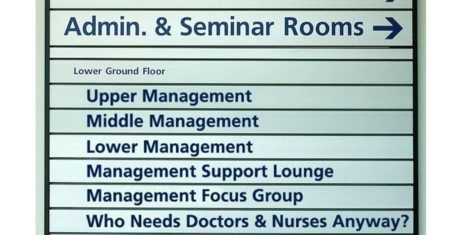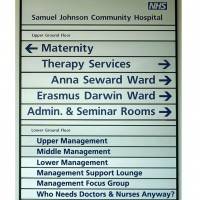February 24, 2016
London’s top law firms embrace open plan design to offset rent rises 0
 London’s largest law firms are reducing their office space and radically rethinking their property strategies as a way of dealing with the endlessly rising rents in the districts in which they prefer to base themselves. According to research from CBRE the one hundred legal firms that occupy the largest amount of square footage in the Capital experienced rent rises of 7 percent in 2015 to an average of £43 per sq ft. Many of the CBRE Legal 100 firms, 95 of which are now located in the City, have been responding to rising costs by taking less space and occupying more efficiently, and a significant number are shifting to open plan working. Last year, there were 63 relocations, 19 percent more than the previous year, pushing office take-up in the legal sector to 12 percent above the 10 year average. Yet while the CBRE Legal 100 firms are downsizing their footprint in London, international firms are in expansion mode.
London’s largest law firms are reducing their office space and radically rethinking their property strategies as a way of dealing with the endlessly rising rents in the districts in which they prefer to base themselves. According to research from CBRE the one hundred legal firms that occupy the largest amount of square footage in the Capital experienced rent rises of 7 percent in 2015 to an average of £43 per sq ft. Many of the CBRE Legal 100 firms, 95 of which are now located in the City, have been responding to rising costs by taking less space and occupying more efficiently, and a significant number are shifting to open plan working. Last year, there were 63 relocations, 19 percent more than the previous year, pushing office take-up in the legal sector to 12 percent above the 10 year average. Yet while the CBRE Legal 100 firms are downsizing their footprint in London, international firms are in expansion mode.










































February 15, 2016
The death of the office meme does not fit with a thriving property market 0
by Mark Eltringham • Comment, Flexible working, Property, Workplace design
More →